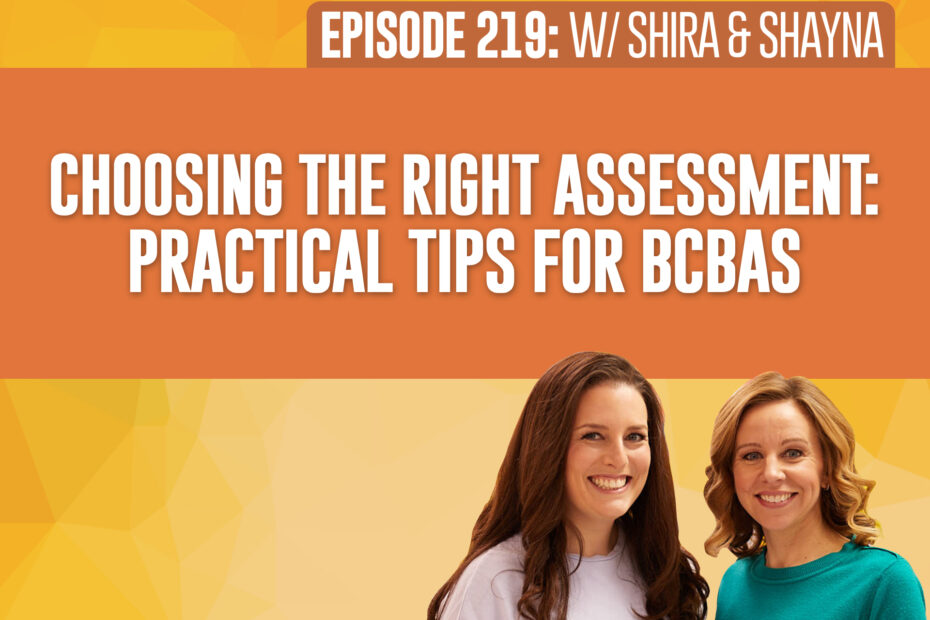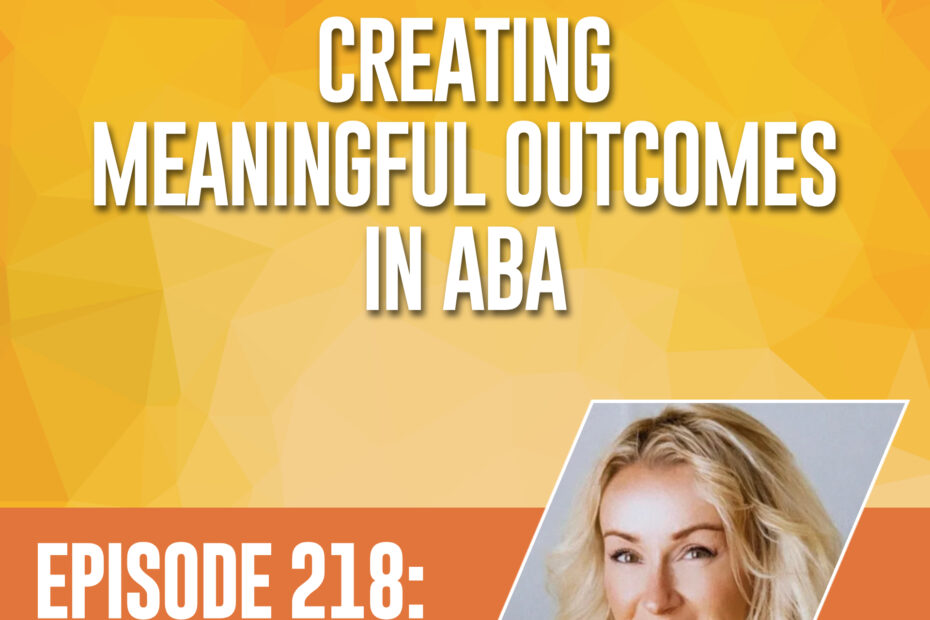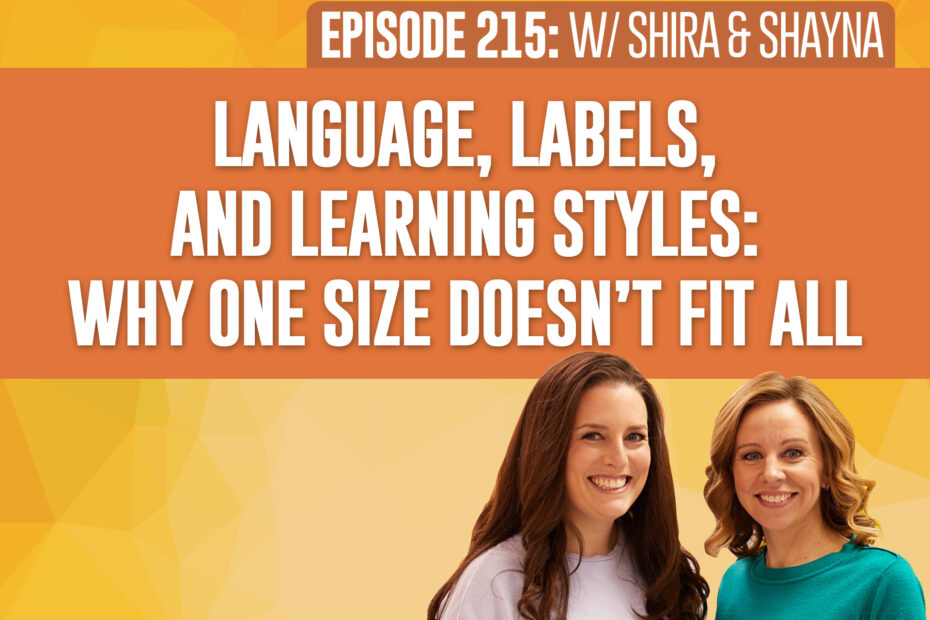Episode 219: Choosing the Right Assessment: Practical Tips for BCBAs
Assessments are essential in ABA, but are we always using them the right way? Too often, they become a box-checking exercise rather than a true guide to meaningful intervention. In this conversation, we revisit the foundations of ABA assessments and explore how to move beyond simply filling in grids and scoring sheets.










